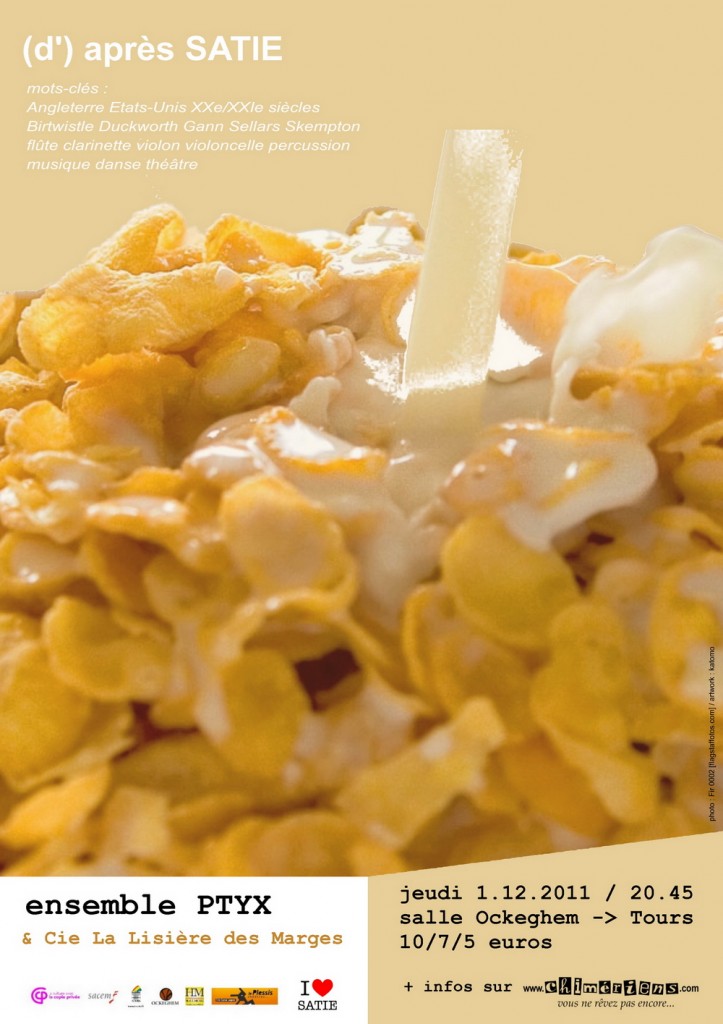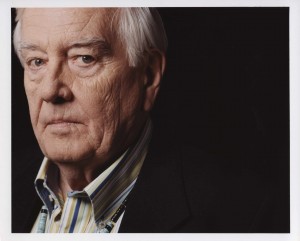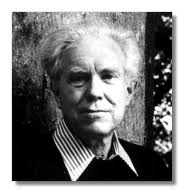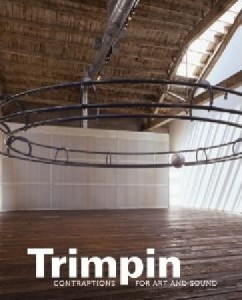The PTYX ensemble in France will be playing a number of my works over the next year in a series they’re calling “(d’) apres SATIE,” of music by living composers who followed Satie in some respect or another. They’ve certainly got me pegged right. You won’t be able to read the light print at the top of the poster, but it lists the composers on their Dec. 1 concert: Birtwistle, Duckworth, Gann, Sellars, Skempton. I presume that’s James Sellars, whose music I greatly admire, as I do the others. They’re playing my Kierkegaard, Walking and Minute Symphony on this concert, and they seem to have already played my “opus 1,” which is just titled Satie, a setting of some of his wry comments. And they’re performing in Tours at the Salle Ockeghem, named for another of my favorite composers. Jean-Baptiste of the ensemble says that my music is very different from what they’re used to playing, which I suppose is all to the good.








